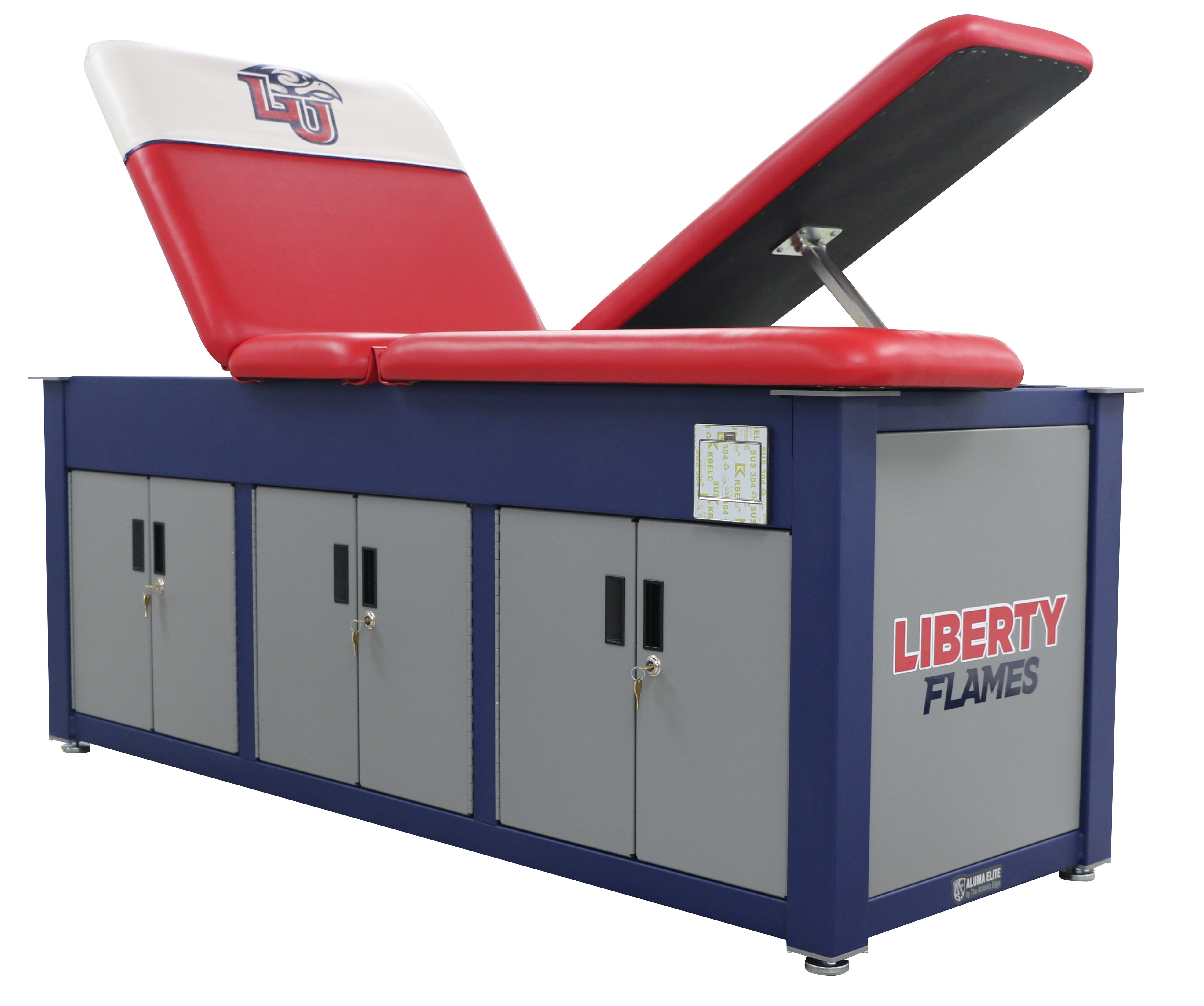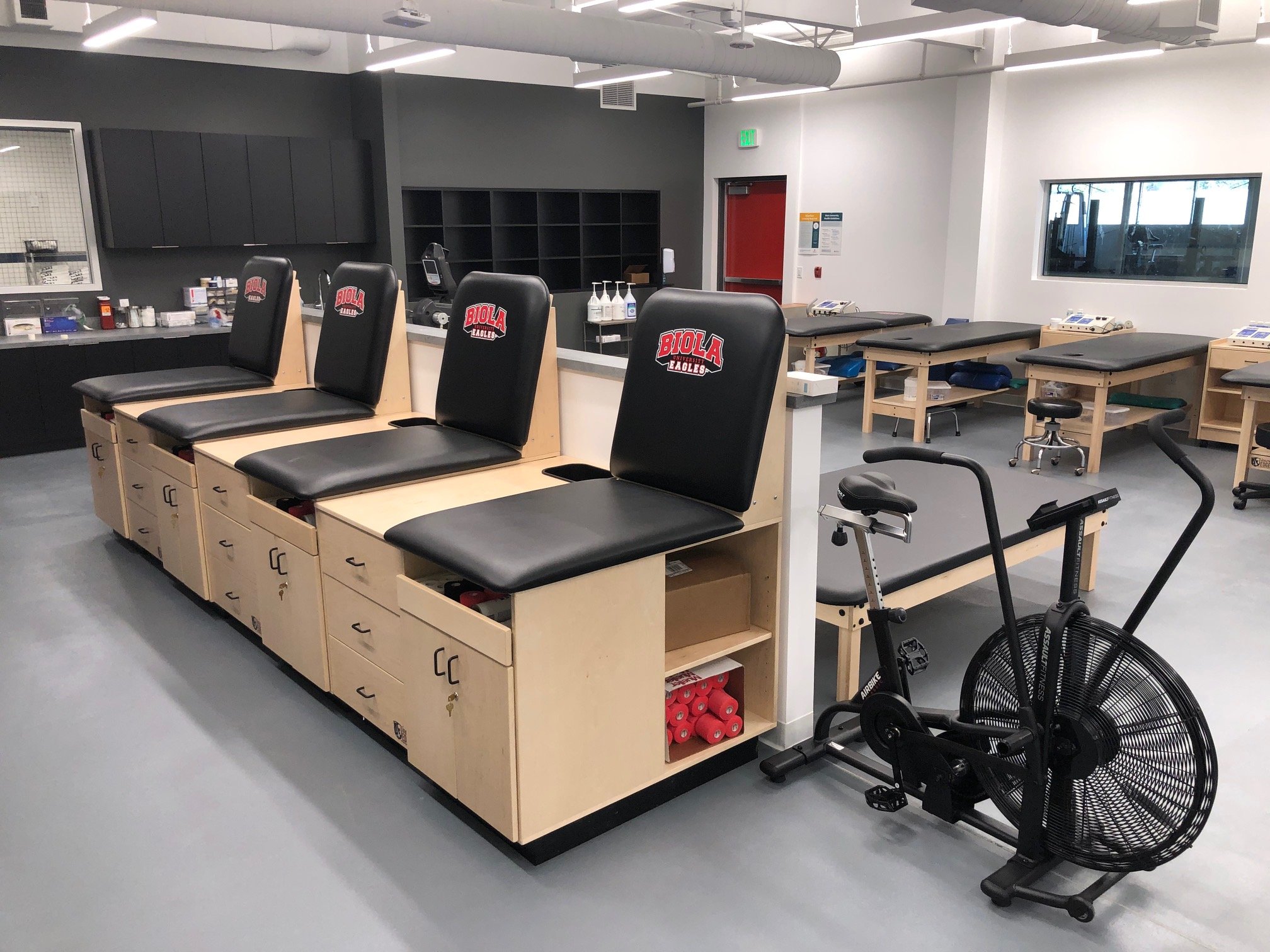Why Tape?
Taping is one of the most important skills for athletic trainers to master and something they will likely perform almost daily. In this excerpt from his book, Athletic Taping and Bracing, Third Edition, David H. Perrin briefly reviews the benefits of taping and the role of the athlete.
Although the National Athletic Trainers’ Association’s structure for the domains of athletic training lists taping as only one of several abilities necessary for athletic trainers to function effectively, it is one of the most important, and most visible, skills. You can quickly earn an athlete’s confidence through proficient application of athletic tape. Learning to master this task, however, will be both rewarding and frustrating. As with any psychomotor skill, taping requires a great deal of practice before one achieves excellence.
Athletic taping and bracing can prevent injury or facilitate an injured athletes’ return to competition. In general, the tape should limit abnormal or excessive movement of a sprained joint while also providing support to the muscle that the sprain has compromised. Many clinicians attribute the value of taping to the enhanced proprioceptive feedback that the tape provides the athlete during performance. For example, athletes who have injured the anterior cruciate ligament and suffer from rotary instability in the knee may receive sensory cues from the brace before it limits rotary movement. This early proprioceptive feedback may enable the athlete subconsciously to contract the muscles that control rotary instability. Similarly, athletes involved in volleyball and basketball may receive sensory cues from a taped ankle that experiences inversion while airborne. Tape, in this instance, can be more effective in providing proprioceptive feedback than in actually limiting excessive inversion.
Regardless of how tape and braces work, they should not substitute for exercise. Routine taping of the ankle in the absence of preactivity exercise provides the athlete with substandard health care. For this reason, taping should work in conjunction with stretching and strengthening techniques. As a matter of policy, you should tape or brace only those athletes willing to comply with your requests to attain and maintain optimal joint range of motion and muscle strength.
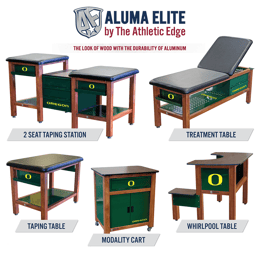 Request a mockup of our Aluma Elite product line including aluminum taping stations, taping tables, treatment tables, whirlpool tables, modality carts, and cabinets!
Request a mockup of our Aluma Elite product line including aluminum taping stations, taping tables, treatment tables, whirlpool tables, modality carts, and cabinets!

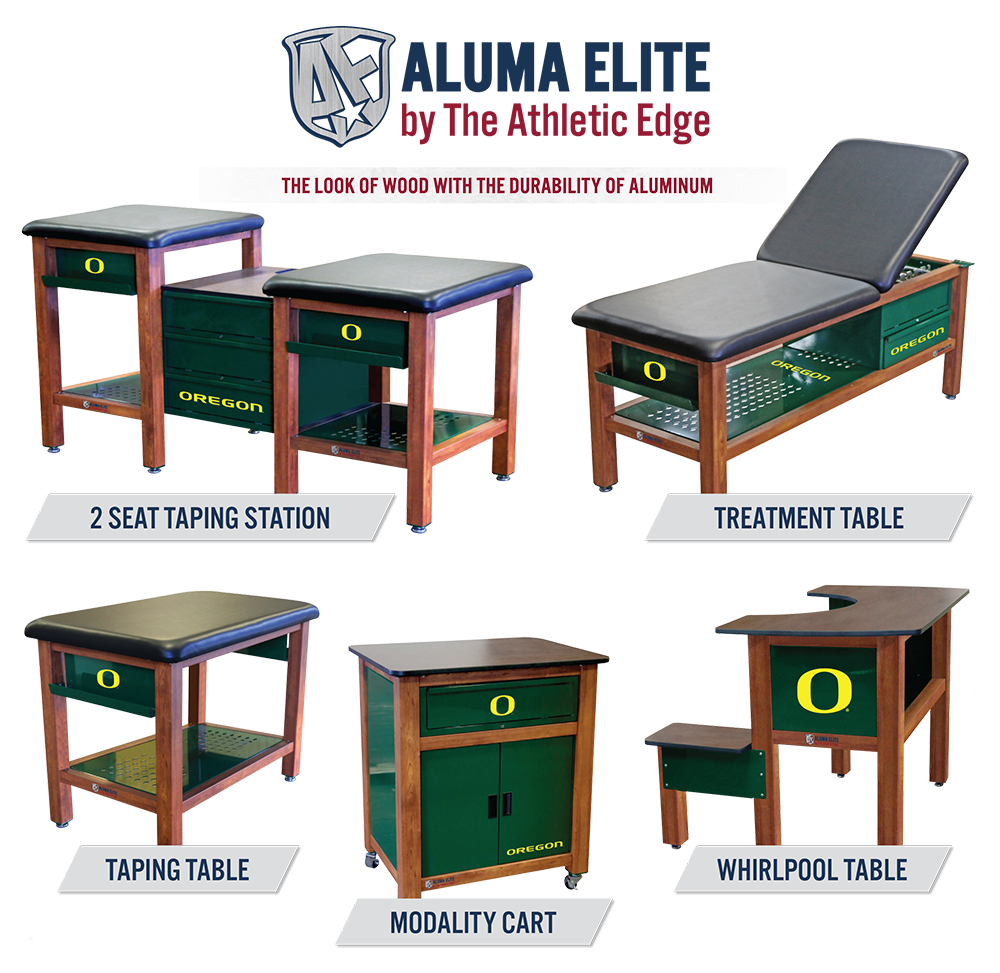


.webp)

